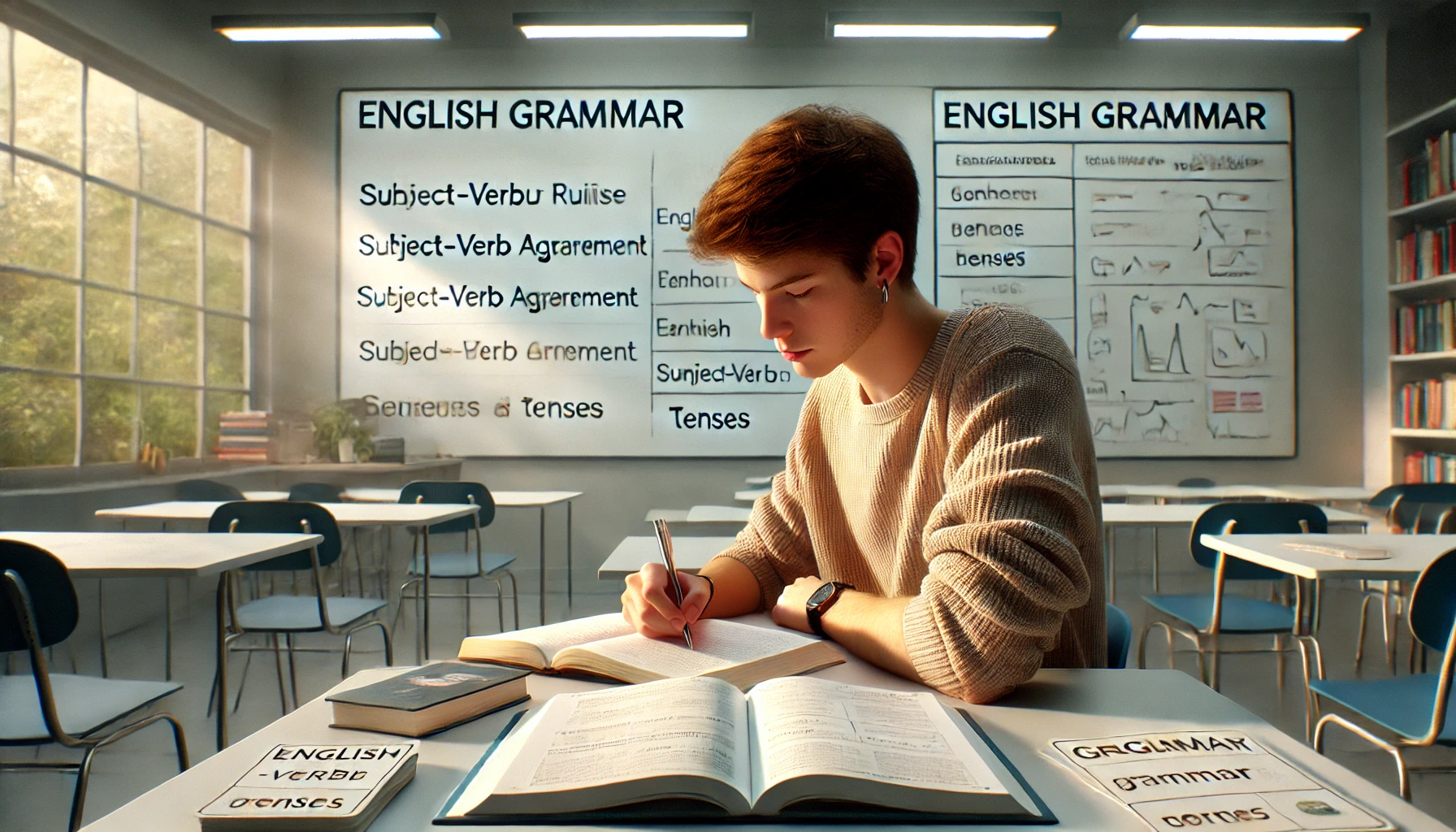Table of Contents
- 1. Introduction to the Past Continuous Tense
- 2. The Structure of the Past Continuous Tense
- 3. When to Use the Past Continuous Tense
- 4. Examples of Past Continuous in Conversations
- 5. Forming Negative Sentences
- 6. Creating Questions in the Past Continuous
- 7. Common Mistakes to Avoid
- 8. Real-Life Scenarios for Practice
- 9. Advanced Tips for Mastery
- 10. Conclusion
1. Introduction to the Past Continuous Tense
The Past Continuous Tense is a vital tool in English for describing actions that were in progress at a specific moment in the past. This tense is particularly useful for storytelling, recounting past experiences, and setting the scene in conversations. Mastering its use will significantly enhance your communication skills and make your speech more vivid and engaging.
2. The Structure of the Past Continuous Tense
Forming the Past Continuous Tense is straightforward. It combines the past form of the verb “to be” (was/were) with the present participle of the main verb (-ing form).
Formula:
Subject + was/were + verb(-ing)
Examples:
- “I was reading a book when the phone rang.”
- “They were watching a movie at 8 PM yesterday.”
- “She was cooking dinner while I was setting the table.”
3. When to Use the Past Continuous Tense
The Past Continuous Tense is commonly used in the following situations:
Ongoing Actions in the Past
Describe actions that were happening at a specific time in the past:
- “At midnight, we were still working on the project.”
- “He was driving home when the accident occurred.”
Simultaneous Actions
Highlight two actions happening at the same time in the past:
- “She was listening to music while cooking.”
- “They were playing football as it started to rain.”
Interrupted Actions
Explain an action that was interrupted by another event:
- “I was taking a shower when the power went out.”
- “He was writing an email when the phone rang.”
4. Examples of Past Continuous in Conversations
Using the Past Continuous Tense can make your conversations more engaging and descriptive. Here are examples of how it is used in everyday dialogues:
In Storytelling
- “I was walking to the store when I saw an old friend.”
- “We were discussing our plans when the meeting ended abruptly.”
In Explanations
- “Why were you late?” “I was stuck in traffic.”
- “What were you doing at the library?” “I was studying for my exams.”
5. Forming Negative Sentences
To form negative sentences in the Past Continuous Tense, add “not” after the verb “to be” (was/were):
Formula:
Subject + was/were + not + verb(-ing)
Examples:
- “I was not watching TV when you called.”
- “They were not working on the report yesterday.”
- “She was not feeling well last night.”
6. Creating Questions in the Past Continuous
To ask questions, invert the subject and the verb “to be”:
Formula:
Was/Were + Subject + verb(-ing)?
Examples:
- “Were you studying when I called?”
- “Was she talking to the manager about the issue?”
- “What were they doing at 10 PM last night?”
7. Common Mistakes to Avoid
While learning the Past Continuous Tense, avoid these common errors:
Omitting “to be”
- Incorrect: “I walking to school.”
- Correct: “I was walking to school.”
Using the Wrong Verb Form
- Incorrect: “They were played football.”
- Correct: “They were playing football.”
8. Real-Life Scenarios for Practice
Practice describing past events using the Past Continuous Tense in real-life situations. For example:
- “I was shopping at the mall when I saw a celebrity.”
- “They were cleaning the house all afternoon yesterday.”
- “We were having dinner when the guests arrived.”
9. Advanced Tips for Mastery
To become fluent in using the Past Continuous Tense, follow these tips:
Combine with Past Simple
Use the Past Continuous with the Past Simple to create rich narratives:
- “She was reading a book when the lights went out.”
- “They were discussing the project when the manager joined.”
10. Conclusion
The Past Continuous Tense is an essential tool for describing ongoing actions and creating vivid narratives. By understanding its structure, uses, and common mistakes, you can improve your ability to communicate effectively in English. Practice regularly, observe native speakers, and incorporate this tense into your daily conversations for mastery. Happy learning!




